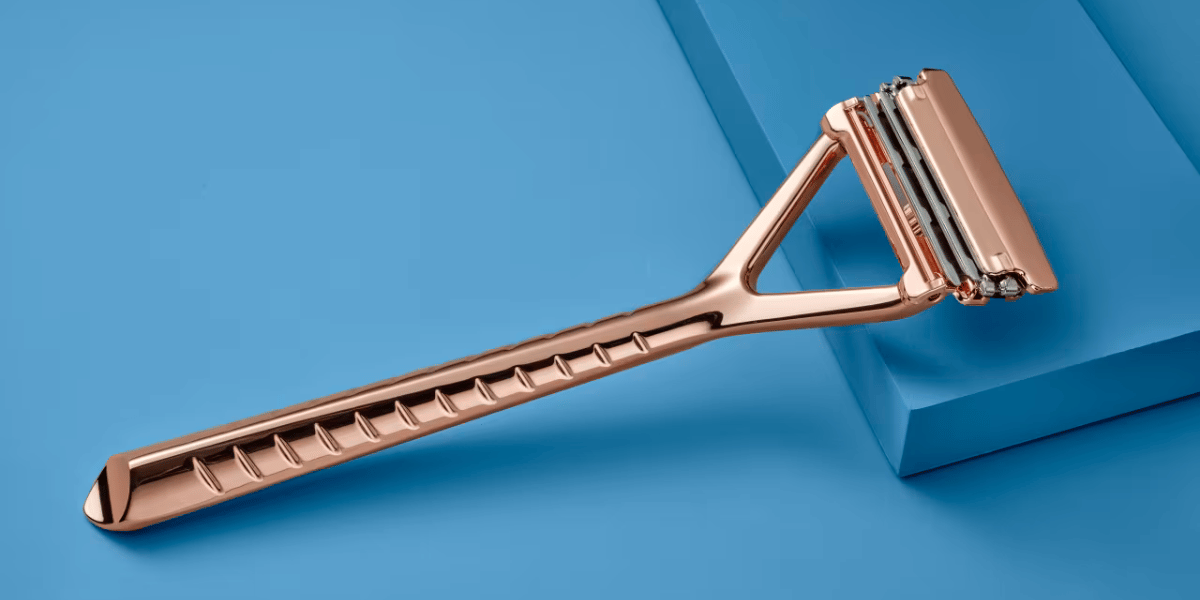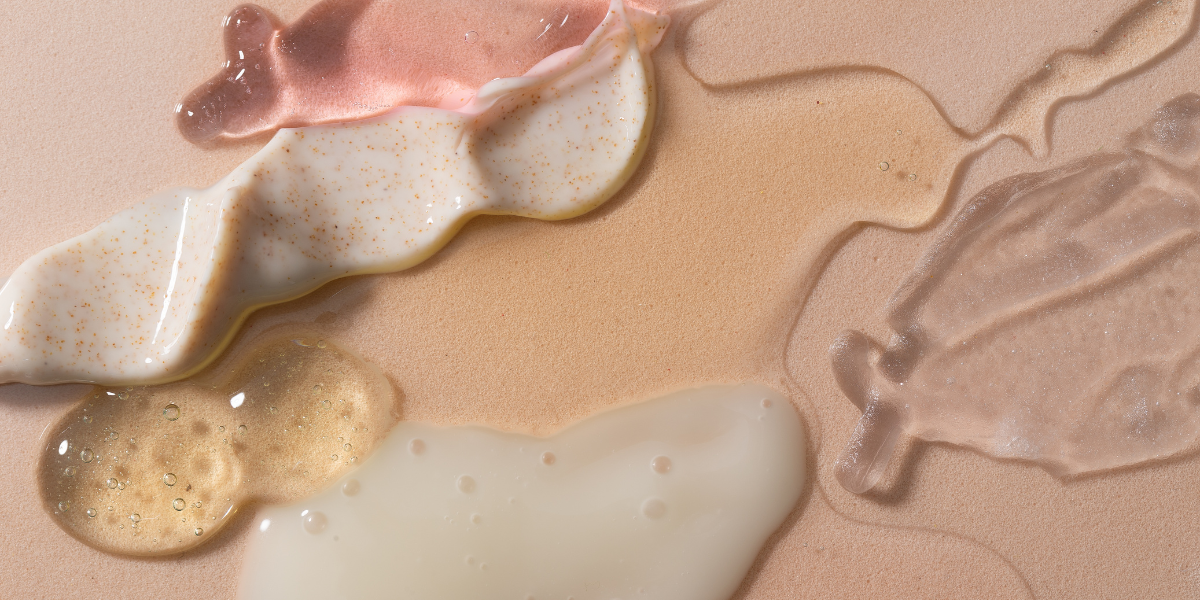What Are PFAs?
Have you heard of PFAs? They might sound like a complex acronym from the tech industry, but they stand for something far more troubling — Per- and...
.png?width=70&height=70&name=Stark_LogoMark%20(1).png)

In the pursuit of optimal well-being, people are increasingly turning to holistic approaches that go beyond conventional medicine. One such method gaining popularity is lymphatic drainage. This therapeutic technique is believed to play a pivotal role in maintaining a healthy lymphatic system, influencing overall wellness. In this article, we'll delve into the intricacies of lymphatic drainage, exploring what it is, how it's performed, its supposed benefits, and scrutinizing its actual impact and effectiveness.
At the core of the lymphatic system lies a network of vessels responsible for transporting a colorless fluid called lymph. This system acts as a crucial component of the body's immune system, filtering toxins, waste, and other harmful substances. Lymphatic drainage, also known as manual lymphatic drainage (MLD), is a therapeutic technique designed to stimulate the flow of lymph, aiding in the removal of waste products and promoting immune function.
The lymphatic system relies on muscle contractions and body movements for lymph circulation. However, factors such as sedentary lifestyles, stress, and certain medical conditions can impede this natural flow. This is where lymphatic drainage comes into play using gentle, rhythmic massage techniques that can encourage the movement of lymph, helping the body maintain its delicate balance.
Lymphatic drainage typically involves a series of light, specific strokes and rhythmic movements that follow the direction of lymph flow. Therapists often target key lymph nodes and pathways, employing techniques such as circular massage, pumping motions, and gentle stretching to stimulate lymphatic circulation.
Beyond the hands-on approach, there are also specialized tools and devices designed to enhance lymphatic drainage. These may include compression garments, pneumatic pumps, and even electrotherapy devices. While manual techniques are the cornerstone of lymphatic drainage, these adjunct technologies aim to amplify the benefits of the therapy.
Advocates of lymphatic drainage claim a myriad of benefits associated with the practice. These include reduced swelling and edema, improved immune function, and enhanced detoxification. Additionally, proponents suggest that the therapy can alleviate conditions such as cellulite, digestive issues, and even promote relaxation and stress reduction.
Several studies have explored the potential benefits of lymphatic drainage. A study published in the "Journal of Manual & Manipulative Therapy" found that lymphatic drainage significantly reduced edema in postoperative patients. Another study in the "Journal of Lymphoedema" reported improvements in quality of life for individuals with lymphedema after undergoing lymphatic drainage therapy.
Despite these promising findings, it's important to note that individual responses to lymphatic drainage can vary. While some may experience noticeable benefits, others may find the effects less pronounced. Additionally, the scientific community calls for more rigorous research to establish a conclusive link between lymphatic drainage and certain claimed benefits.
While anecdotal evidence and some research suggest positive outcomes, the overall effectiveness of lymphatic drainage remains a subject of debate within the scientific community. Critics argue that the existing body of evidence is limited, with some studies lacking robust methodologies and small sample sizes.
A review published in the "Journal of Physical Therapy Science" concluded that while lymphatic drainage may have positive effects on certain conditions, more high-quality studies are needed to validate its widespread efficacy. It's essential to consider that the placebo effect could contribute to the perceived benefits reported by some individuals.
Moreover, the effectiveness of lymphatic drainage may depend on the specific health condition being addressed. For example, while there is evidence supporting its efficacy in managing lymphedema, the same might not hold true for claims related to cellulite reduction or immune system enhancement.
In the quest for wellness, lymphatic drainage emerges as a fascinating yet intricate avenue. As we've explored, this therapeutic technique aims to optimize the lymphatic system, offering a range of potential benefits. However, while scientific research supports certain aspects of lymphatic drainage, the field is still evolving, and more rigorous studies are necessary to solidify its place in mainstream healthcare.
As with any holistic approach, it's crucial to consult with healthcare professionals before incorporating lymphatic drainage into one's wellness routine, especially for individuals with pre-existing health conditions. While the journey towards understanding the full scope of lymphatic drainage continues, enthusiasts and skeptics alike can agree that exploring new avenues in the pursuit of well-being is an integral part of the human experience.
Sources:

Have you heard of PFAs? They might sound like a complex acronym from the tech industry, but they stand for something far more troubling — Per- and...

From the mundane to the monumental, consumer choices reverberate throughout society, reflecting values and priorities. In the often-overlooked domain...

In the age of the internet it seems like people will try just about anything to look their best, especially when it comes to skincare. Despite an...